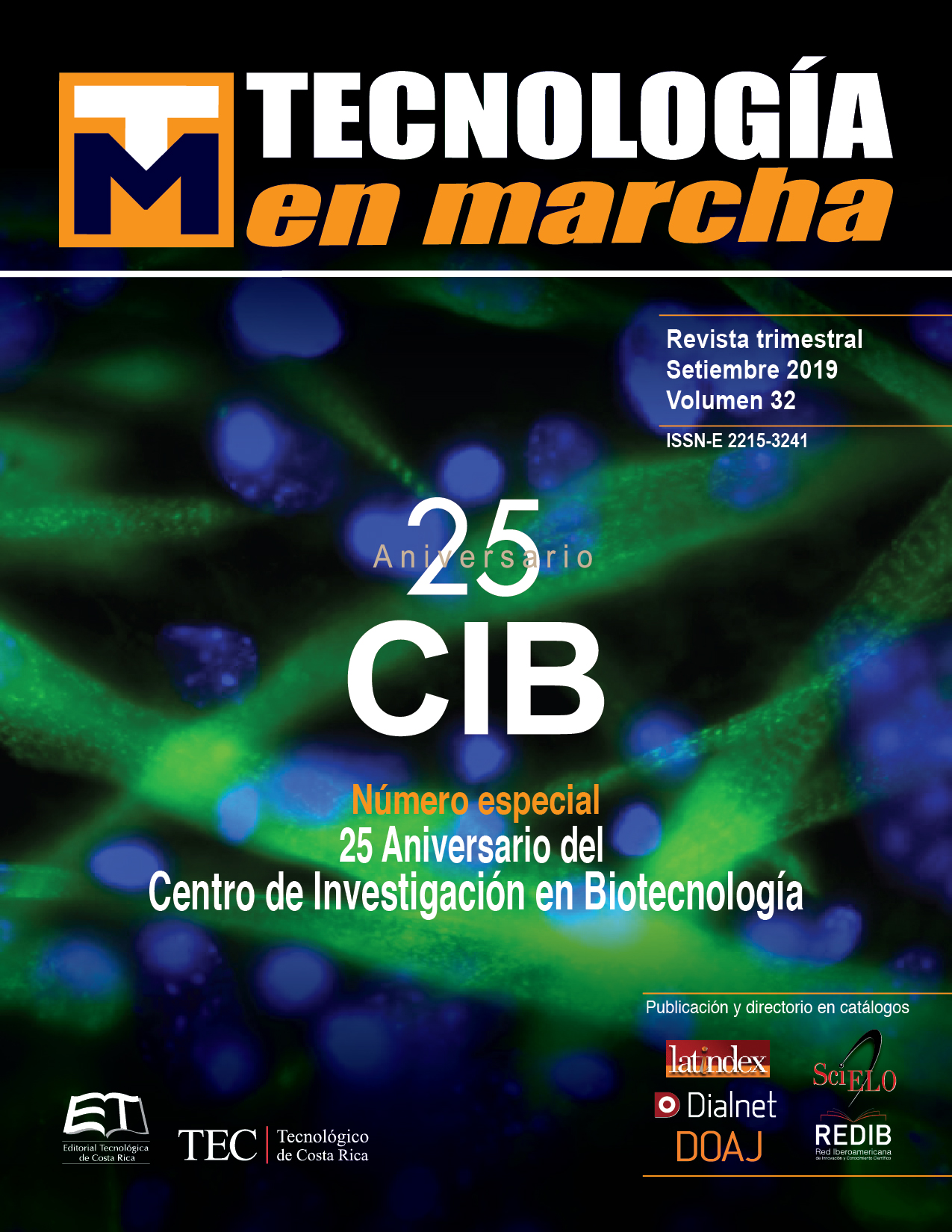Implementation of NMR and macromolecular crystallography techniques for structural characterization of proteins of biomedical interest
Main Article Content
Abstract
The implementation of cutting-edge biophysics techniques to analyze proteins at atomic-scale, such as nuclear magnetic resonance (NMR) and X-ray crystallography, allows the study of molecular interaction ́s mechanisms between proteins of interest and, -in some cases-, allows exploring alternative mechanisms for new drug design. Our research group has developed two lines of research seeking to implement and consolidate the biophysical techniques mentioned above, with the aim of better understanding the interactions between substrates, such as factor VIII and platelet receptor PAR1, with thrombin, in the processes of blood coagulation; and on the other hand, to better understand the functional activity of some proteins from snake venoms. The interaction between connectors of the human FVIII with thrombin was studied through NMR mono-, bi- and tri-dimensional assays. For these experiments, the human FVIII connectors were labelled with 1H, 13C and 15N isotopes using heterologous overexpression in Escherichia coli strains. Through X-ray crystallography technique, crystals of complexes between recombinant proteins and thrombin have been grown, and a series of FVIII and PAR1 mutants have been developed to favor more stable intermediate complexes with thrombin. On the other hand, a metalloproteinase from the snake venom of Crotalus simus and a phospholipase from Botriechis schelegelii have also been analyzed. From the latter, a 3D structure was obtained at a high resolution (~2.5 Å).
Article Details
Los autores conservan los derechos de autor y ceden a la revista el derecho de la primera publicación y pueda editarlo, reproducirlo, distribuirlo, exhibirlo y comunicarlo en el país y en el extranjero mediante medios impresos y electrónicos. Asimismo, asumen el compromiso sobre cualquier litigio o reclamación relacionada con derechos de propiedad intelectual, exonerando de responsabilidad a la Editorial Tecnológica de Costa Rica. Además, se establece que los autores pueden realizar otros acuerdos contractuales independientes y adicionales para la distribución no exclusiva de la versión del artículo publicado en esta revista (p. ej., incluirlo en un repositorio institucional o publicarlo en un libro) siempre que indiquen claramente que el trabajo se publicó por primera vez en esta revista.

